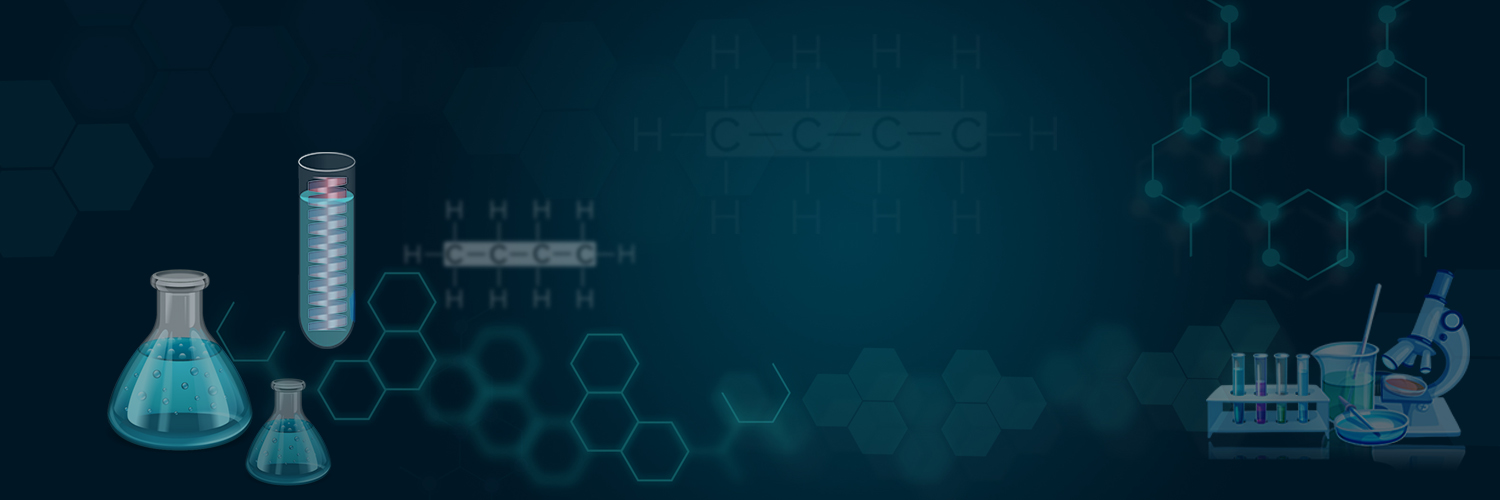
Mass number = No. of protons + No. of neutrons.
Mass number = Atomic mass
Mass number = No. of protons + No. of neutrons.
Mass number = Atomic number + No. of neutrons.
| Electron shell | Maximum capacity |
| K shell | 2 electrons |
| L shell | 8 electrons |
| M shell | 18electrons |
| N shell | 32 electrons |
Electronic Configurations of First Twenty Elements:
| Element | Symbol | Atomic Number | Electronic configuration (or Electron distribution) K L M N |
| 1. Hydrogen | H | 1 | 1 |
| 2. Helium | He | 2 | 2 |
| 3. Lithium | Li | 3 | 2, 1 |
| 4. Beryllium | Be | 4 | 2, 2 |
| 5. Boron | B | 5 | 2, 3 |
| 6. Carbon | C | 6 | 2, 4 |
| 7. Nitrogen | N | 7 | 2, 5 |
| 8. Oxygen | O | 8 | 2, 6 |
| 9. Fluorine | F | 9 | 2, 7 |
| 10. Neon | Ne | 10 | 2, 8 |
| 11. Sodium | Na | 11 | 2, 8, 1 |
| 12. Magnesium | Mg | 12 | 2, 8, 2 |
| 13. Aluminium | Al | 13 | 2, 8, 3 |
| 14. Silicon | Si | 14 | 2, 8, 4 |
| 15. Phosphorus | P | 15 | 2, 8, 5 |
| 16. Sulphur | S | 16 | 2, 8, 6 |
| 17. Chlorine | Cl | 17 | 2, 8, 7 |
| 18. Argon | Ar | 18 | 2, 8, 8 |
| 19. Potassium | K | 19 | 2, 8, 8, 1 |
| 20. Calcium | Ca | 20 | 2, 8, 8, 2 |